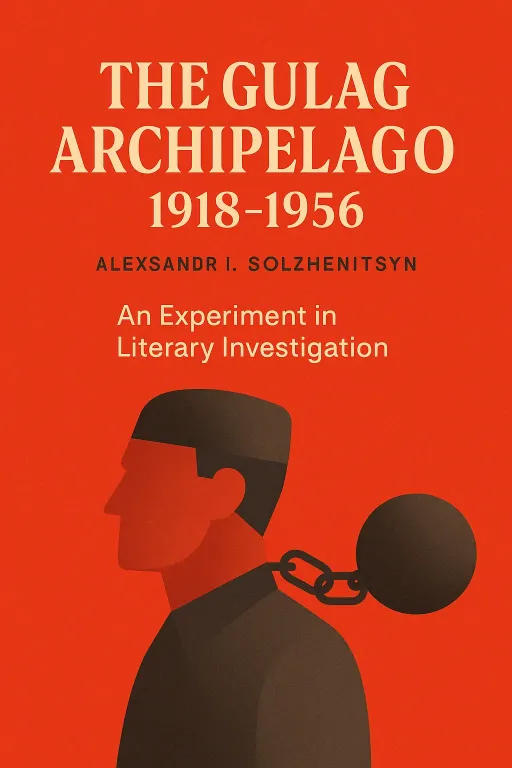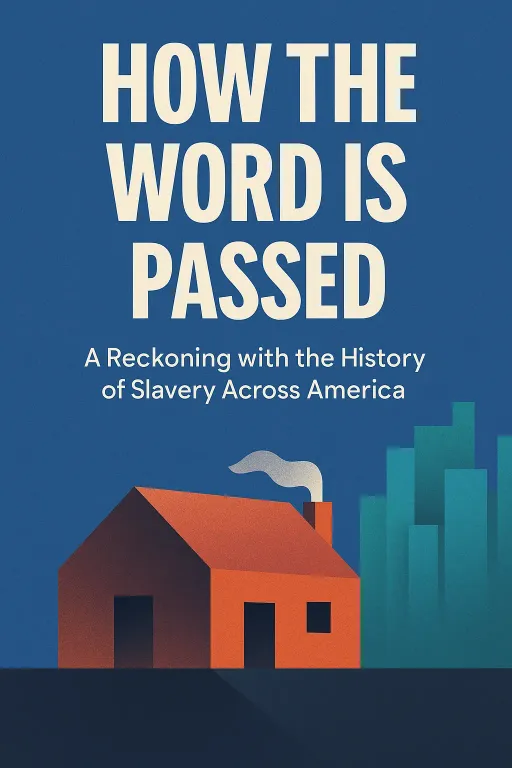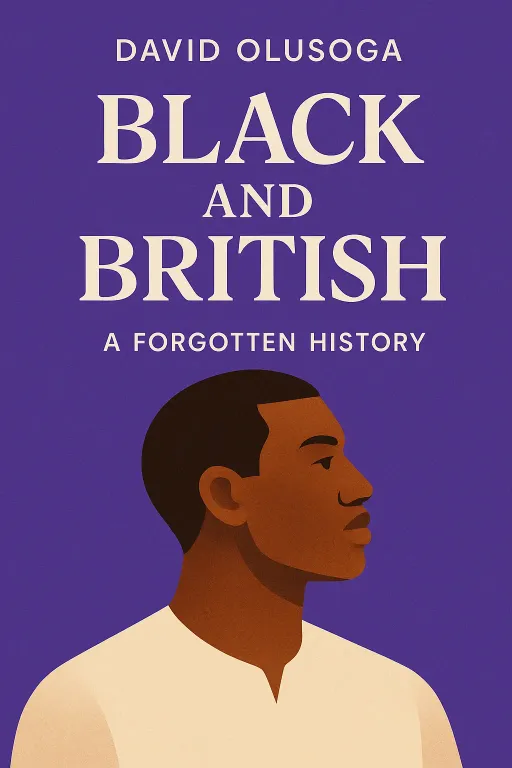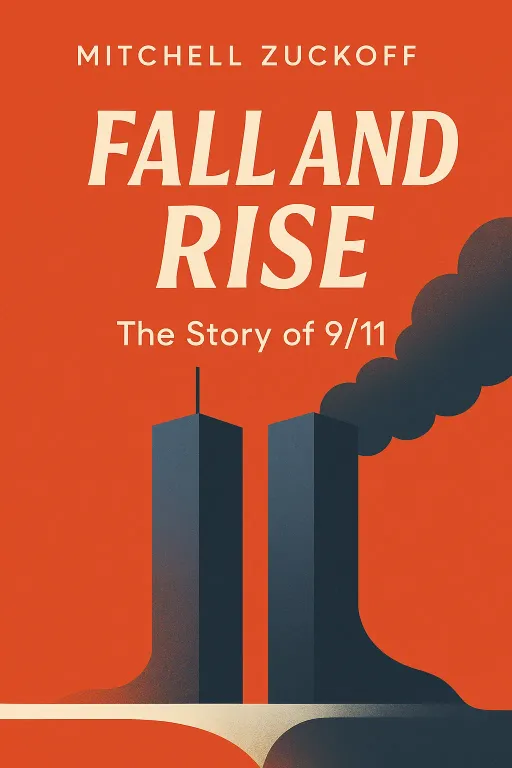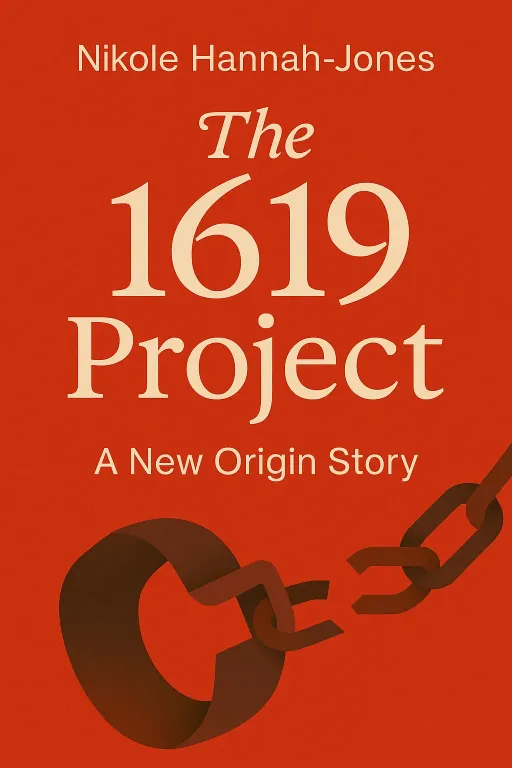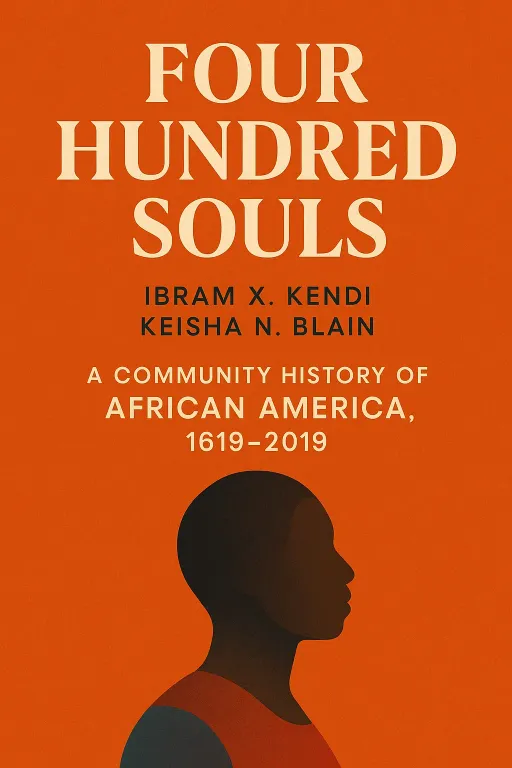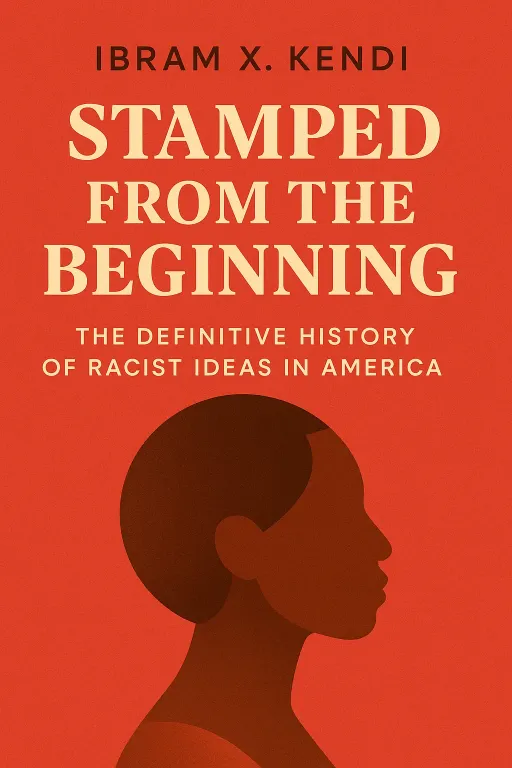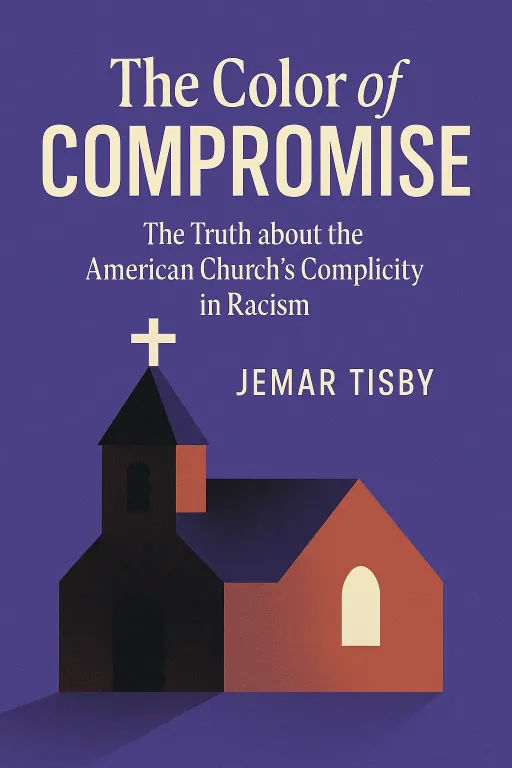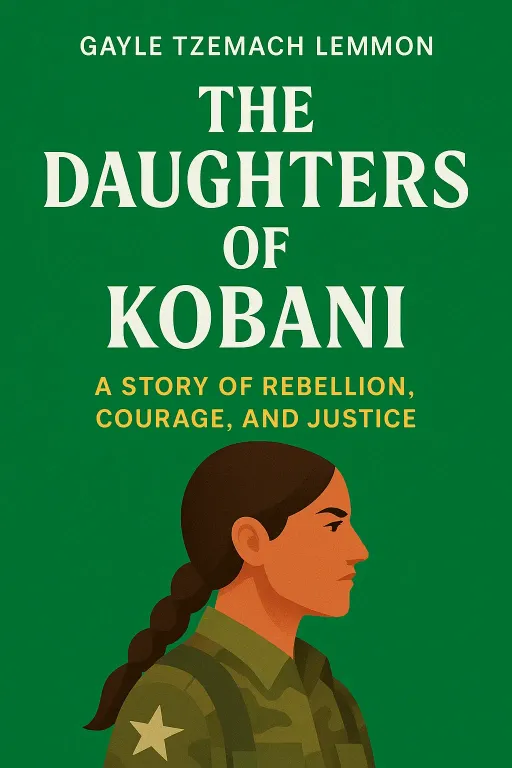
The Daughters of Kobani
10 minA Story of Rebellion, Courage, and Justice
Introduction
Narrator: Imagine a war where one side, a brutal death cult, built its power on the systematic enslavement and torture of women. Now, imagine the force that rose to defeat them was an all-female army, fighting not just for survival, but for a radical vision of women's liberation. This isn't a work of fiction. It's the reality that unfolded in the rubble of the Syrian Civil War, a direct ideological clash between two opposing futures for the Middle East. One side sought to drag society back to a dark age of female subjugation, while the other, against all odds, fought to build a new world on the principle of absolute gender equality. The story of this conflict, of the women who led the charge, is meticulously documented in Gayle Tzemach Lemmon’s gripping book, The Daughters of Kobani: A Story of Rebellion, Courage, and Justice.
The Spark of Revolution - From Oppression to Armed Resistance
Key Insight 1
Narrator: The women who formed the YPJ, or Women’s Protection Units, were not born soldiers; they were forged by a lifetime of oppression. Their fight began long before ISIS existed, rooted in the systematic marginalization of the Kurdish people in Syria and the suffocating patriarchy of their own culture. For generations, Kurds were denied citizenship, forbidden from speaking their language, and treated as second-class citizens. Within this reality, women faced a second layer of subjugation.
This simmering resentment found its voice in the teachings of Abdullah Ocalan, the jailed leader of the Kurdistan Workers' Party (PKK), who argued that a society could never be free until its women were free. This ideology took root in young women like Rojda, who as a girl was shamed by her uncle for playing soccer, a game he deemed forbidden for girls. It resonated with Znarin, whose uncle pulled her from school, crushing her dream of becoming a doctor and attempting to force her into an arranged marriage. For them, joining the YPJ was an act of personal and political liberation. The 2004 Qamishli uprising, where Syrian forces fired on Kurdish soccer fans, was a turning point, proving to many that peaceful protest was not enough. They concluded, as Rojda told her mother, "You cannot be empty-handed when someone attacks you." Taking up arms was not just about defending their people; it was about defending their right to exist as equals.
The Crucible of Kobani - Forging an Unlikely Alliance
Key Insight 2
Narrator: In 2014, the world watched in horror as ISIS, with its superior numbers and heavy weaponry, laid siege to the small Syrian-Kurdish town of Kobani. The YPJ and their male counterparts in the YPG were vastly outgunned, and defeat seemed inevitable. The Kurds initially underestimated ISIS’s ferocity, leading to devastating losses. Yet, their desperate, house-to-house defense became a global symbol of resistance, amplified by social media and reporters watching from across the Turkish border.
This is where the tide began to turn, both on the battlefield and in the geopolitical landscape. The bravery of the fighters, particularly the women, captured the world's imagination. Stories of incredible sacrifice, like that of Arin Mirkan, a YPJ fighter who detonated a grenade on herself to destroy an ISIS tank, became legendary. This resilience forced the hand of a reluctant Obama administration. The U.S., which had no reliable partners on the ground, began providing crucial air support. This created an extraordinary alliance of necessity. On the ground, a sniper like Azeema, a former volleyball star, would calmly radio coordinates for ISIS positions to a command center, which would then relay them to the U.S. military. The resulting airstrikes, though often delayed, were instrumental in breaking the siege and handing ISIS its first major public defeat, all at the hands of a force led by women they sought to enslave.
A Partnership of Necessity - The US and the Daughters of Kobani
Key Insight 3
Narrator: The alliance between U.S. Special Operations and the YPJ was as effective as it was politically fraught. The U.S. had previously tried and failed to build a ground force to fight ISIS, spending $500 million on a program to train moderate Syrian rebels that produced fewer than 150 fighters. In contrast, the YPJ and YPG were disciplined, motivated, and incredibly effective. American soldiers on the ground, like a special operations member named Cassie, were in awe. She told the author, "Honestly, I’m kind of jealous of them. The men have no issue with them at all."
However, this partnership created a massive diplomatic problem. Turkey, a key NATO ally, viewed the YPJ as an extension of the PKK, which both Turkey and the U.S. designated as a terrorist organization. To navigate this, the U.S. engineered a political workaround, helping create the Syrian Democratic Forces (SDF), a broader coalition that included Arab fighters. This allowed the U.S. to arm the SDF while officially claiming the weapons were only for the Arab contingent, a distinction that was largely fiction on the ground. The relationship was solidified when U.S. envoy Brett McGurk visited Kobani in 2016, signaling open American support and giving the Kurds a new level of international legitimacy, much to Turkey's fury.
Beyond the Battlefield - Building a New Society
Key Insight 4
Narrator: The Daughters of Kobani were not just fighting a war; they were building a nation founded on radical social principles. Central to their project was the creation of a new constitution, called the "Social Contract," for the autonomous region of northeastern Syria. Political leaders like Fauzia Yusuf and Ilham Ahmed spearheaded this effort, determined to codify women's rights into the foundation of their new society.
They faced immense pressure, even from fellow Kurds, who argued that they should focus on political unity first and address women's rights later. Fauzia’s response was firm: "If we are not going to protect women’s rights during the revolution, we certainly aren’t going to protect them afterward." Drawing inspiration from Tunisia's progressive constitution, they enshrined revolutionary articles into the Social Contract. It guaranteed gender equality, mandated that women hold 40 percent of all government posts, and established women-only councils to address issues like domestic violence. This was not a symbolic gesture; it was a fundamental reordering of society, happening in real-time amidst the chaos of war.
The Bitter Taste of Victory - Betrayal and an Uncertain Future
Key Insight 5
Narrator: The culmination of the military campaign was the brutal, block-by-block liberation of Raqqa, ISIS's de facto capital. The victory was celebrated in Naim Square, a place ISIS had turned into a stage for public beheadings. But this triumph was immediately complicated. The SDF unfurled a massive banner of Abdullah Ocalan, an act that infuriated their American partners and highlighted the unbridgeable ideological gap in their alliance.
The true blow, however, came later. After years of relying on the SDF, who lost over 11,000 fighters in the war against ISIS, the U.S. abruptly announced its withdrawal from Syria in 2019. This gave Turkey a green light to invade northern Syria in an operation it called "Peace Spring." The offensive displaced hundreds of thousands and was described by a senior U.S. diplomat on the ground as an act of "ethnic cleansing." The women who had defeated ISIS were now left to fend for themselves against the might of a NATO army. Their hard-won revolution, and the democratic society they had sacrificed everything to build, was suddenly facing an existential threat, not from a terrorist cult, but from the geopolitical calculations of their most powerful ally.
Conclusion
Narrator: The Daughters of Kobani is more than a war story; it is a profound testament to the power of an idea. The book’s most critical takeaway is that in one of the most violent and repressive corners of the world, a group of women proved that the fight for freedom is inseparable from the fight for equality. They demonstrated that a military campaign could also be a political and social revolution, fundamentally challenging the patriarchal structures that had defined their lives.
The story leaves us with a challenging question about the nature of our alliances and the responsibilities that come with them. These women defeated a global enemy, yet their own future remains perilously uncertain, hanging on the whims of international powers. Their experiment in democracy and equality survives, but it is fragile. Their story forces us to ask: What do we owe the people who fight our wars, and what happens when their vision for freedom is more radical than our own?
